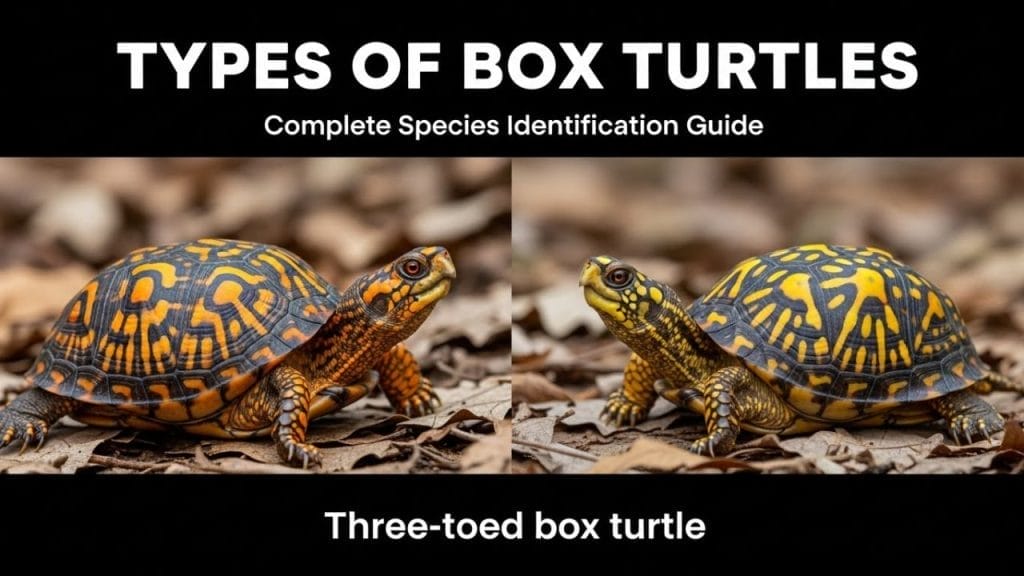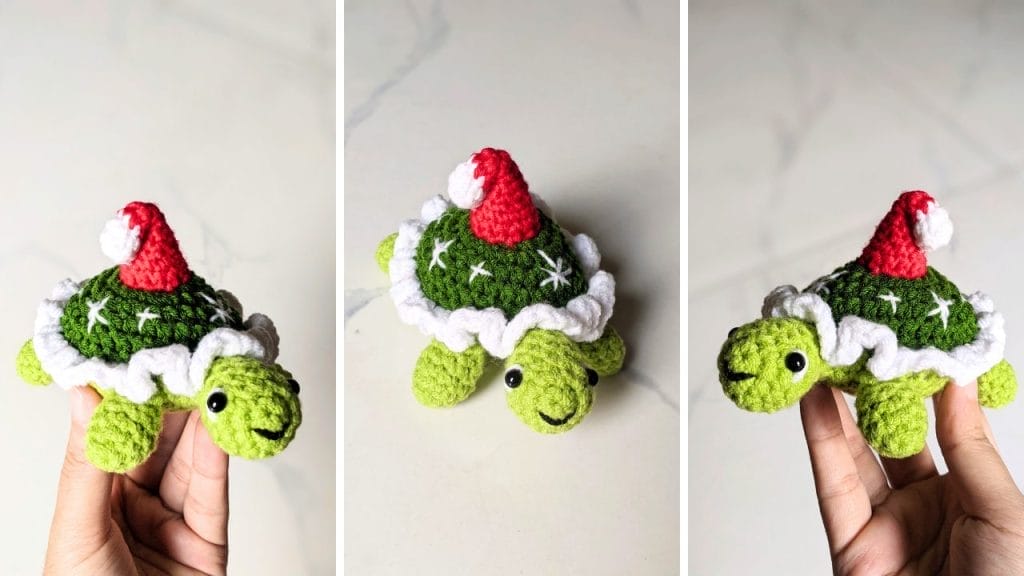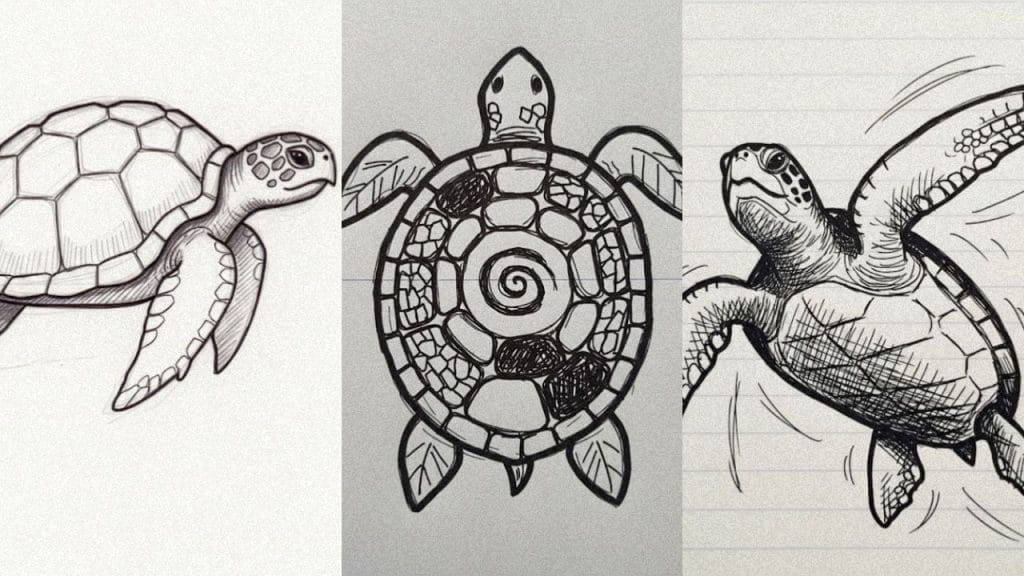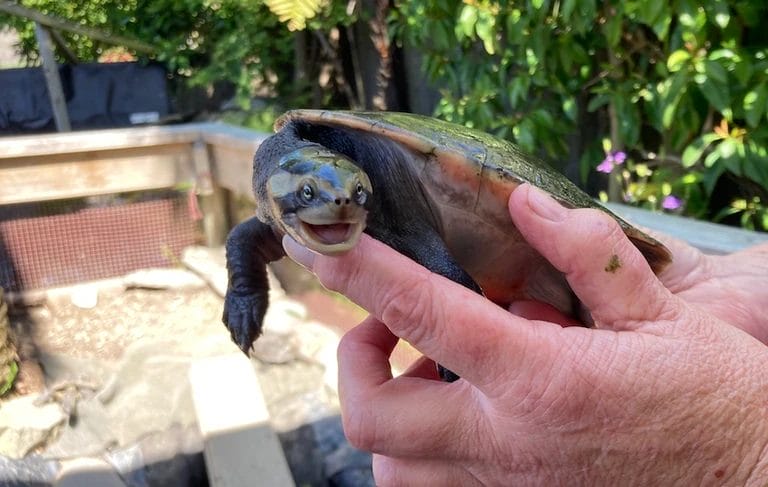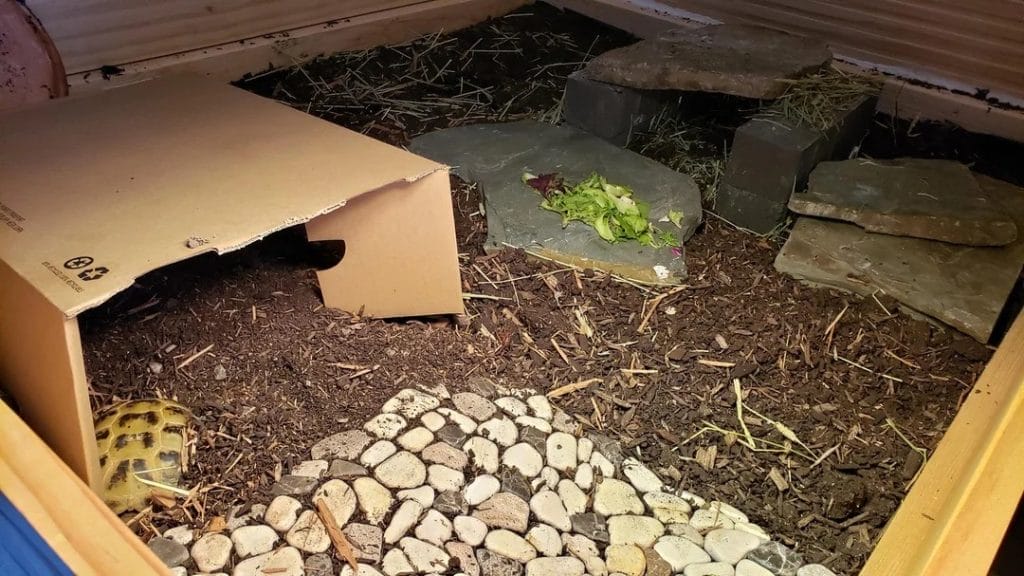15 Tips To Make A Perfect Tortoise Habitat On A Budget

This post was created with help from AI tools and carefully reviewed by a human (Muntaseer Rahman). For more on how we use AI on this site, check out our Editorial Policy.
Think setting up a tortoise habitat has to be expensive? Nah. With some smart thinking and a bit of effort, you can build a tort paradise without draining your wallet.
Here’s how I’ve kept it low-cost and high-fun. And trust me—your tort will love you for it.
1. Picture Your Torto’s Dream Life
Don’t rush into building stuff yet. Just stop and think—what kind of space would make your tortoise happy?
Some torts like it dry and rocky. Others love digging in soft soil and hiding under leaves. You need to match the vibe with your tort’s species. A sulcata won’t like the same setup as a Russian tortoise.
Then measure the area you’ve got. Even a small balcony or backyard corner can work. Just make sure your tort will have room to walk, dig, bask, and hide.
Make a checklist. Substrate, basking spot, shady area, water dish, safe plants—list everything. Having this list saves you time when you start gathering supplies. Also, think long-term—will this setup work as your tort grows?

2. Outdoor Enclosure On the Cheap
If you’ve got outdoor space, use it. Nothing beats real sunlight and fresh air. And don’t worry—you don’t need fancy gear.
Start with a solid base. Reclaimed wood, bamboo poles, or even old bed frames can work. Just make sure it’s strong enough so your tort can’t push through or dig under.
Use chicken wire or hardware cloth for the walls. Bury it a few inches into the ground so nothing gets in—or out.
Decorate with natural stuff. Pick up flat stones, driftwood, or logs during a walk. Add dirt mounds for digging. Use plants like hibiscus or clover for shade and snacks.
Just keep one thing in mind—shade and sun must both be available. Your tort will switch between the two all day.
Building an outdoor enclosure with reclaimed wood and chicken wire? Great for saving money on structure.
But you still need a heated shelter for:
- Cool nights (even in summer)
- Cloudy/rainy days
- Seasonal temperature drops
- Emergency weather events
Budget heated shelter options:
- Insulated wooden box (DIY) + ceramic heat emitter ($15-30) + thermostat ($25-40)
- Repurposed dog house + radiant heat panel ($60-100)
The equipment you can’t DIY:
- Heat source (CHE, radiant panel, or heat lamp)
- Thermostat (prevents fires, controls temperature)
- Thermometer (know what’s actually happening inside)
Your outdoor structure can be free. The heating equipment cannot be.
Budget heating options: Heating Equipment | Money-Saving Tips
This Hilarious Turtle Book Might Know Your Pet Better Than You Do
Let’s be real—most turtle care guides feel like reading a textbook written by a sleep-deprived zookeeper.
This one’s not that.
Told from the snarky point of view of a grumpy, judgmental turtle, 21 Turtle Truths You’ll Never Read in a Care Guide is packed with sarcasm, sass, and surprisingly useful insights.
And hey—you don’t have to commit to the whole thing just yet.
Grab 2 free truths from the ebook and get a taste of what your turtle really thinks about your setup, your food choices, and that weird plastic palm tree.
It’s funny, it’s honest, and if you’ve ever owned a turtle who glares at you like you’re the problem—you’ll feel seen.
3. Repurpose Old Furniture for a Cozy Indoor Setup
No yard? No problem. You can make a solid indoor tortoise table using furniture you already own.
Old bookshelves, dressers, or toy chests work great. Just take out the shelves or drawers, and you’ve got a box to work with.
Line the bottom with a waterproof layer—plastic sheet or shower curtain. Then add your substrate. Coconut coir, organic topsoil, or a soil-sand mix work well.
Make it fun. Add ramps using wood planks. Place bricks or tiles for basking zones. Use planters or half logs for hiding spots. It should feel like a small indoor jungle—not a boring box.
Add UVB lighting above it. You can use clamp lamps with UVB and heat bulbs. Your tort needs that light every day for proper health.
This tip correctly says you need UVB lighting. But “clamp lamps with UVB bulbs” can mean very different things:
❌ What many budget keepers buy:
- Cheap coil/compact UVB bulbs ($10-15)
- These provide inadequate UVB output
- Result: Metabolic bone disease develops slowly over months/years
✅ What actually works:
- Linear T5 HO UVB tube (ReptiSun 10.0 or Arcadia D3 12%)
- Proper fixture sized for your enclosure
- Positioned 12-18 inches above tortoise
The math that matters:
Cheap coil UVB ($15) + vet bills from metabolic bone disease ($300-600) = $315-615
Quality T5 HO UVB fixture + bulb ($60-100) + no vet bills = $60-100
“Budget” doesn’t mean “cheapest possible.” It means “smart spending.”
You saved money on the enclosure by repurposing furniture. Now invest that savings in proper UVB.
Budget-friendly UVB options: UVB Lighting Guide

Perfect Wooden Tortoise House For Outdoor & Indoor!
This tortoise house isn’t cheap — but that’s because it’s not your average wooden box.
Built with durable wood, a waterproof liner, and smart design features like a sunbathing area and a hideout zone, the Aivituvin Large Wooden Habitat is made to last.
It’s perfect for tortoises or box turtles, indoors or out. And yep, it even has detachable legs.
If you’re serious about giving your tortoise a safe, comfy home without building one from scratch, this is the one.
👉 Grab the Aivituvin Tortoise House here — it’s currently $10 off.
4. Cheap DIY Water Spots Your Tortoise Will Love
You don’t need a fancy pond kit to add water. Think simple.
Grab an old plastic bowl, a broken sink, or even a big plant saucer. Just make sure the sides aren’t too steep, so your tort can get in and out easily.
Place some smooth stones or bricks in and around the water area. That gives your tort safe entry and exit points.
Keep it clean. Change the water daily or every other day. Standing water gets nasty fast.
Also, if your tort is not a swimmer (like most land tortoises), the water should be super shallow—just enough for soaking and drinking.
5. Grow Plants That Won’t Kill Your Tortoise
Plants make the enclosure feel alive. They give shade, hiding spots, and snacks.
But don’t throw in random stuff. Some common plants are toxic. Stick with tort-safe ones like:
- Dandelion
- Clover
- Plantain (the weed, not the banana)
- Spider plant
- Hibiscus
- Mulberry
You can find these at nurseries, neighbors’ yards, or even your own garden.
Plant them directly into the enclosure if it’s outdoor. If it’s indoor, keep them in pots so they’re easy to move.
Arrange them in layers. Put tall ones in the corners and short ones near the middle. That way your tort can move around without getting lost in a jungle.

6. Cheap Hiding Spots They’ll Actually Use
Tortoises love to hide. It helps them feel safe. So don’t skip this.
You don’t need to buy fancy hides. Use what you already have—cardboard boxes, broken flowerpots, coconut shells, or plastic bins cut in half.
Just make sure the hide is low and dark. Torts like tight spaces. But also leave one side open so they can easily go in and out.
Place it near a warm spot for daytime naps, or in a shady corner if it’s hot. You can even stack some rocks or use big leaves to help it blend into the habitat.
Change things up every now and then. A new hide in a new spot keeps life interesting for them.
7. Fun Stuff to Keep Them Busy
People think tortoises are slow and boring. Nope. They’re curious and love to explore when given the chance.
Make the habitat feel like a mini adventure. Add small logs to crawl over, tunnels to walk through, and hills of soil or sand.
Hide treats under leaves or inside small containers with a hole. Let them sniff it out. That’s real enrichment.
Switch things around every couple weeks. New layout, new challenge. It keeps their brain sharp and body active.
And trust me, a bored tort is more likely to stop eating or start trying to escape. Keep them entertained.
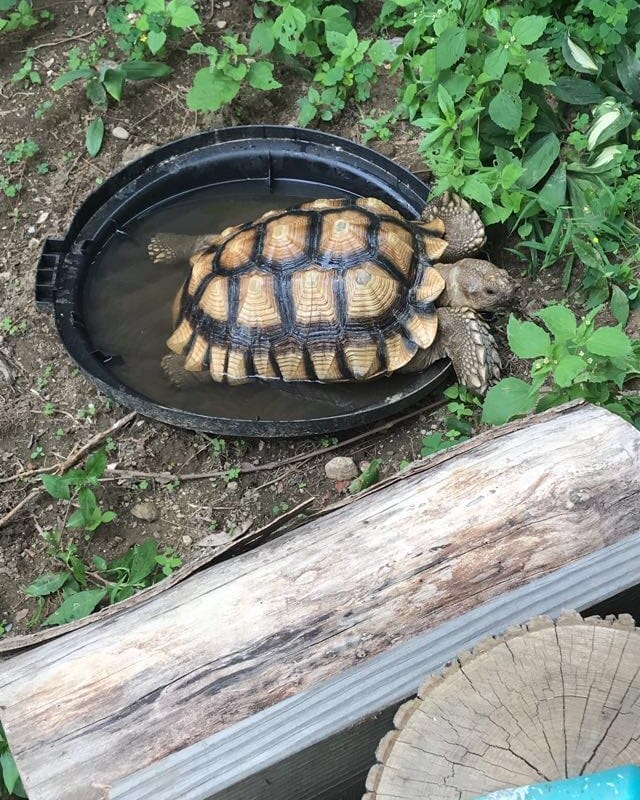
8. Keep the Temps and Lights Right (The Part You Can’t DIY)
This is the ONE area where “budget” doesn’t mean “cheap.” Your tort needs both heat and UVB light to stay healthy. You can’t skip this, even in a DIY setup.
UVB Lighting (Non-Negotiable)
What the tip says: “Buy a UVB bulb made for reptiles.”
What you actually need to know:
| UVB Type | Cost | Effectiveness | Verdict |
|---|---|---|---|
| Coil/compact UVB | $10-20 | Poor – inadequate output, small coverage | ❌ Don’t buy |
| Mercury vapor bulb | $30-50 | Good – provides UVB + heat | ✅ Budget option |
| T5 HO linear tube | $25-40 (bulb) + $30-50 (fixture) | Best – proper output, wide coverage | ✅ Best value long-term |
Budget recommendation: If you must save money, a mercury vapor bulb is acceptable. But a T5 HO setup lasts longer and provides better coverage.
Replacement schedule: Every 6-12 months, even if the bulb still glows. UVB output decreases before the bulb burns out.
Heating (Non-Negotiable)
What the tip says: “Use a heat bulb or ceramic heat emitter.”
What you actually need to know:
- Basking bulb: Creates hot spot for daytime basking (90-105°F surface temp)
- Ceramic heat emitter (CHE): Provides heat without light (good for 24/7 ambient heat)
- Thermostat: Controls when heat turns on/off (ESSENTIAL – prevents fires and overheating)
Budget setup:
- CHE ($15-25) + ceramic socket ($10-15) + thermostat ($25-40) = $50-80
- OR basking bulb ($8-15) + dome fixture ($15-25) + thermostat ($25-40) = $48-80
The thermostat is NOT optional. It’s a fire safety device and temperature controller.
Temperature Monitoring (Non-Negotiable)
What the tip says: “Get two cheap thermometers.”
This is actually good advice! Digital probe thermometers are cheap ($8-15 each) and essential.
What to monitor:
- Basking surface temperature (use infrared temp gun if possible, $15-25)
- Warm side ambient temperature
- Cool side temperature
Budget monitoring setup: Two digital probe thermometers ($16-30 total) OR one probe thermometer + infrared temp gun ($25-40 total)
Budget Equipment Total:
| Equipment | Budget Cost |
|---|---|
| UVB (mercury vapor or T5 HO) | $30-80 |
| Heating (CHE or basking + fixture) | $25-40 |
| Thermostat | $25-40 |
| Thermometers (2) | $16-30 |
| Total | $96-190 |
This is where your budget money should go. Save on the enclosure structure, invest here.
For specific product recommendations at each price point: Complete Equipment Guide | Money-Saving Tips
9. Feeding Station That Feels Natural
Feeding time can be more than just dumping leaves in the middle.
Use a wide, shallow dish—like a plant saucer. Or bury it a little into the dirt so it doesn’t slide around when your tort climbs on it.
Want to make it more fun? Place bits of food under flat stones or inside little hiding spots. It’ll feel like they’re foraging in the wild.
Keep things clean. Wash the dishes regularly and toss old food before it rots. A dirty setup leads to bugs and sickness.

10. Safety First, Always
You’re building a home. It has to be safe.
Check everything before adding it. Any sharp edges? Toss it. Any weird chemical smell? Avoid it.
If the enclosure is outside, make sure nothing can dig under or jump over it. Add a roof if birds or cats come near.
Keep the water fresh. Remove poop or old food daily. And check if any parts are wearing out—like torn mesh or broken wood.
Your tort may look slow, but they’re smart and sneaky. Don’t give them a way out or a way to get hurt.
11. Use Free Tips from the Tortoise Community
Don’t try to figure out everything alone. Other tortoise keepers have already gone through the same problems—and solved them.
Join Facebook groups, Reddit threads, or forums like TortoiseForum.org. Ask questions. Share photos of your setup. People love to give advice, and you’ll pick up smart tips for free.
Some folks even give away spare stuff—like old UVB lamps or leftover substrate. Others might trade plants or hides.
This is how you get better fast—by talking to people who’ve been doing this for years.

12. Good Setup = Happy Torto
Watch your tort’s behavior. That’s how you’ll know if your setup is working.
If they’re active, walking around, basking, and eating—you’re doing great. If they hide all day, stop eating, or act strange, something’s off.
It could be temperature, lighting, space, or just stress from changes. Don’t panic. Tweak one thing at a time and see how they respond.
They won’t tell you what’s wrong, but their actions will. Pay attention, and you’ll build a setup they feel safe and happy in.
13. When DIY Hits a Wall
Not every project will go smoothly. That’s just part of DIY life.
Sometimes wood splits, lamps break, or it rains the day you plan to build. It happens. Don’t give up.
Keep a box of backup stuff—like zip ties, wire mesh, duct tape, extra screws. Those things save the day more than you’d think.
Also, plan for upgrades. What works today might need an upgrade next month as your tort grows or seasons change.
Stay flexible. You’re learning with each mistake.

14. Reuse and Recycle
You don’t need to buy everything. A walk through a park or forest can score you great supplies for free.
Pick up smooth rocks, branches, logs, and leaves. Just rinse them well before adding them to the habitat.
Old wood furniture? Break it down for a new hide. Cracked clay pots? Perfect hiding tunnel.
Recycling helps the planet and saves your money. It also makes the habitat feel more natural and wild—something your tort will enjoy.
15. Share Your Build
Don’t keep your setup to yourself. Take pics. Record the process. Post it online.
When other tortoise lovers see what you made, they get inspired too. You might even help someone new who’s scared to start.
Use hashtags. Write short tips. Make a mini guide or video. Sharing makes the tortoise community stronger.
Plus, it feels good. You built something cool, your tort is happy, and someone else might copy your idea. Win-win.

You don’t need a fat bank account to build something cool. Just care, effort, and a bit of stubbornness.
Your tort deserves a happy home. So let’s build it.
And hey, if you do try any of these, tag me or drop a comment—I’d love to see what you cooked up.
Where to Find Budget Equipment Recommendations:
The structure tips in this article are solid. For the equipment you can’t DIY, get specific budget-friendly product recommendations:
- Complete Equipment Guide – Everything you need
- Money-Saving Tips – Budget-specific advice
- Shopping List by Priority – What to buy first when money is tight

About Author
Muntaseer Rahman started keeping pet turtles back in 2013. He also owns the largest Turtle & Tortoise Facebook community in Bangladesh. These days he is mostly active on Facebook.



